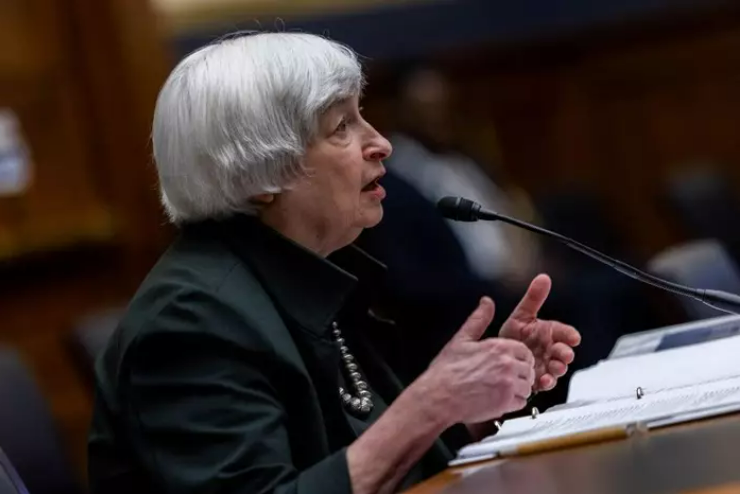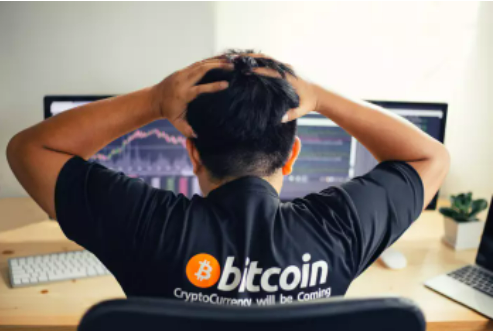
Cory Russell
May 13, 2022 10:33

The collapse of the stablecoin TerraUSD and a destabilizing drop in Tether, the world's biggest stablecoin by market size, have given cryptocurrency markets an overall worth of almost $1 trillion this week.
Stablecoins are digital currencies that are linked to conventional assets such as the dollar.
During an online panel discussion organized by the London-based Official Monetary and Financial Institutions Forum policy think tank, SEC Commissioner Hester Peirce remarked, "One area we could see some movement is around stablecoins."
"That's an area that has certainly gained a lot of attention this week," Peirce continued, highlighting the possibility for stablecoins to be used in future marketplace constructions.
She went on to say that the SEC's wide regulatory jurisdiction allows it to catch digital currencies and the technological platforms on which they are exchanged.
The instability in crypto markets, US Treasury Secretary Janet Yellen told a Senate banking subcommittee this week, demonstrated the need for a "appropriate" regulatory structure.
In March, President Joe Biden signed an executive order mandating the government to evaluate the risks and advantages of developing a central bank digital currency, as well as other cryptocurrency problems.
Gary Gensler, the chairman of the Securities and Exchange Commission, has stated that the agency should address stablecoin risks because asset-linked cryptocurrencies raise concerns about financial stability and monetary policy because they have features that are similar to and potentially compete with bank deposits and money market funds.
He also said that there are concerns about their potential for illegal usage.
Peirce, the SEC's lone Republican commissioner, said on Thursday that possible regulation should allow for a "trial-and-error" regulatory framework, adding that "some people have indicated it should be at the SEC; others want it to be the banking regulators."
There are many possible approaches to addressing stablecoins.
We also need to provide space for failure when it comes to experimenting."


May 16, 2022 10:13